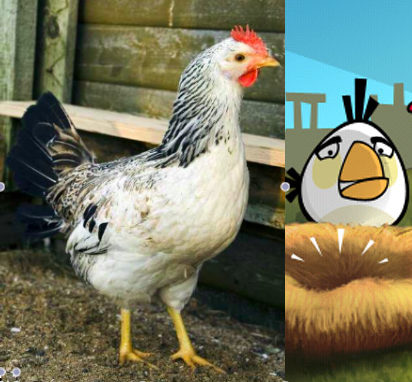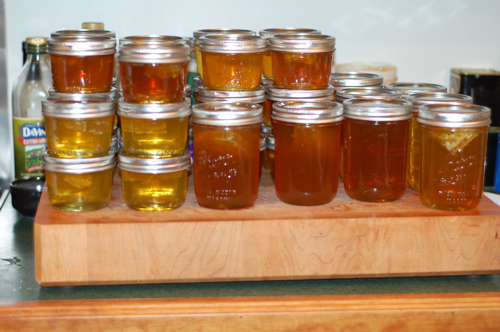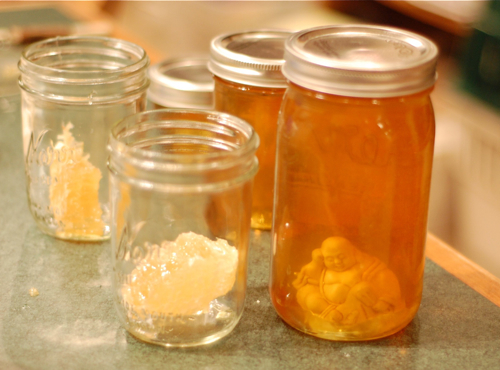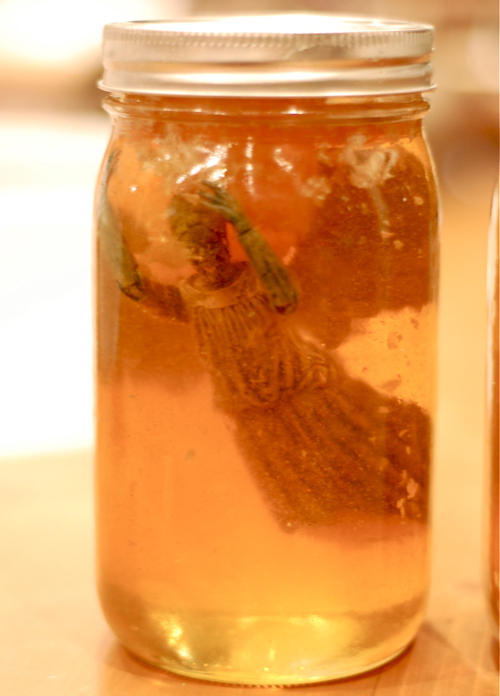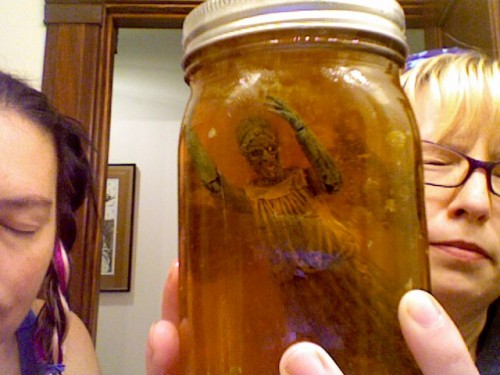This was so not how I planned to spend my Monday. Warning, not a pleasant post ahead.
I returned from Detroit Lakes Festival of Birds yesterday and on my way home, Non Birding Bill called to warn me of a possible tornado in north Minneapolis--an area I would drive through on my way to our apartment, but far from our our building. I mostly avoided the storm and drove through the tail end of it. We checked Facebook and called friends to make sure people were accounted for and were relieved to find them alive. This morning, I started my day off finishing errands and planning bird festival blog entries, some bike riding and our next podcast. Then the emails started to come in asking what I new about the North Mississippi Regional Park Heron Rookery.
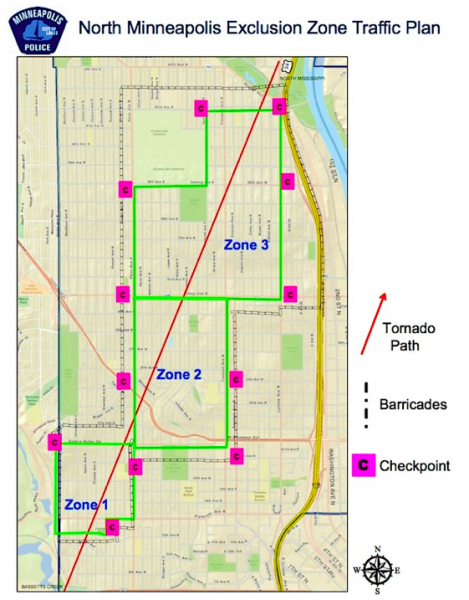 A quick check of the Minneapolis Police traffic plan confirmed my fear. The tornado's path hit the park. I called my boss from the Mississippi National River and Recreation Area and said, "I know it's my day off, but do you mind if I put on my uniform and go check out the situation?" If areas were blocked off, I knew I'd have a better chance of getting in and not be perceived as a looter if I had my official badge and uniform on. He said to go for it.
A quick check of the Minneapolis Police traffic plan confirmed my fear. The tornado's path hit the park. I called my boss from the Mississippi National River and Recreation Area and said, "I know it's my day off, but do you mind if I put on my uniform and go check out the situation?" If areas were blocked off, I knew I'd have a better chance of getting in and not be perceived as a looter if I had my official badge and uniform on. He said to go for it.

Reports from friends in the area said that herons were circling non stop around the park. As I was driving to the exit for North Mississippi Regional Park, I saw herons circling outside of the park fence (this photo was not taken as I was driving, it was taken at the park). I also noticed trees down around the fence and tornado debris around the highway. My stomach sank. I made my way around the blocked exit, entered the visitor center for the park and the employees faces confirmed my fears. They said the rookery was gone and they were devastated.

I've blogged about this rookery a lot. I even took someone from MPR out to it. We use it regularly for programs for my park and people who use the trails love to check it out in the summer. It's a testament to birds adapting to an urban area.

This is what it looked like this morning. There are no words. Every single nest was gone, it looked like the tornado went right through the island. Even the few trees that managed to stay up in the face of the tornado had lost nests. Herons were circling the island, some looking for purchase, others flew in with sticks in a half-hearted attempt to rebuild. Everything was gone.

Most of the walking trails around the park were downed. There was some access on the biking trail but I had to do some climbing to get around.

There was at least one dead heron on the trail at North Miss, but how many more were under the trees?

When I arrived at a point on the bank of the Mississippi River where I could view the island that once hosted the rookery, I found an injured heron. I was unprepared. I've handled all sorts of birds with bird banding and with picking up injured raptors for The Raptor Center. Herons are difficult and dangerous. They don't know that you are trying to help them, all they know is that they try to eat the weak and injured when they find it. They will fight with that spear like beak and that long neck gives them an advantage. I know of one rehabber who lost an eye grabbing a heron and others who have been stabbed in various appendages. I had no protective goggles or anything to put the heron in. It was also close to the river. I stayed and waited a moment assessing the situation:

The heron flew to a log on the river and compound fracture on its leg was evident. Sigh. I was really surprised at how few injured herons I could see. These are long, lanky, slow moving birds. The ones that were flying had a few feathers missing but otherwise appeared okay. How did they survive the tornado?

Some herons perched in the remaining branches and they appeared to be okay. It's almost as if what happened hasn't clearly processed in their brains. They know the nests should be there, they should either be brooding eggs and chicks or bringing in food, but the nests are gone and so they perched in the trees and waited.

A few more were down among the vegetation on the island. As I was there taking photos, park visitors came by wanting to help and grieving over the lost rookery. I advised all of them to wait for park personnel to get to the herons and warned them how dangerous they can be. I sympathized with the park and staff. However, while there some guys in a boat came by taking photos of the island and of us.

Then these guys in hipster hats got on the island and started heading towards the herons, no gloves, no protective eye wear, nothing. I yelled to them to stay away and they seemed surprised someone could see them and backed off. I appreciate that people want to help, but injured herons are incredibly dangerous. My park is working on a solution to reach them right now. The river is still high and again these are dangerous birds, we need planning and skills.

The big question people want to know is what will the herons do now? Will they renest? I don't think that they will, they have a brief time for nesting in Minnesota. Nest building can take about 3 days if they really work, but can take a week or more. Incubation is about 27 days and the young fledge (fly and leave the nest) at about 54 - 57 days. It takes a few weeks for young herons to become independent from the adults. So, we're looking at about a three month process meaning the chicks would fledge in late August--that's a little late, especially since the rookery is gone.

I think these guys will get the summer off to feed themselves. There may be a few young herons who might attempt a renesting at Coon Rapids Dam a few miles north on the river, but I think the season is scrapped for most of them. On the upside, herons build flimsy nests and this is something they have evolved to handle natural disasters. The heron population in the Twin Cities is very stable, they will handle this and restart next year. At the same time, it's hard to see the devastation and it's incredibly hard to watch the injured.

I couldn't help but notice all the birds on the ground. This American redstart practically walked through my legs. Warbling vireos, orioles and other warblers were down low, feeding off of the insects tucked around the branches of the downed trees. I couldn't help but wonder how something that weighs about as much as a dust bunny could survive a tornado? Did they just roll under some shrubbery when the wind blew?

As I was about to leave, a park patron walked up carrying a bawling fawn. He said it was found in the open on the trail alone and crying out (it kind of sounded like a goat). I was working my way towards getting him to put the fawn back where he found it (fawns normally hide while the does are out feeding and it's not unusual to find one unattended) but he said that he found a dead doe near the fawn which didn't sound optimistic for the young deer. I ended up taking it to the Wildlife Rehabilitation Center.

So, all in all this was a crap Monday. I apologize that the podcast didn't happen today and it won't happen tomorrow. I spent the day trying to coordinate an effort to get to the heron rookery island with people experienced with herons and to see if we can get the injured adults. Plus, I'm in a morose mood, I can't imagine the podcast being fun to listen to.
One final sad note about the Minneapolis tornado. There's a report that Rob MacIntyre of the Raptor Resource Project (the folks who bring us the Decorah Eagle Cam) died while helping his neighbors clear debris.
This tornado was sad on many levels.
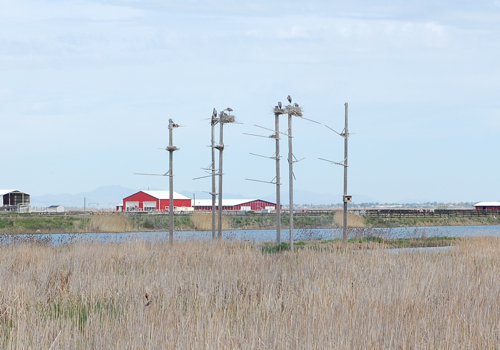
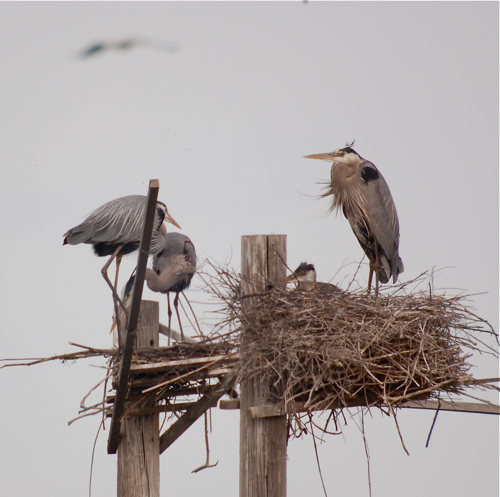
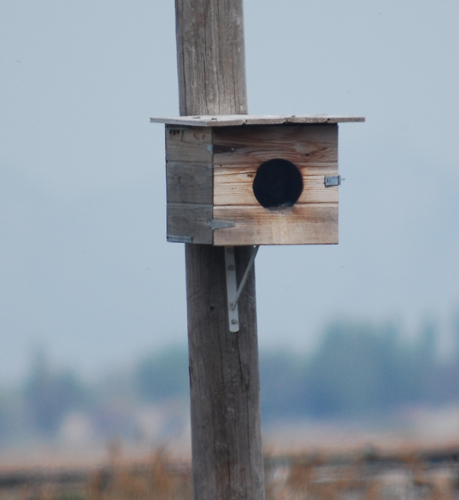

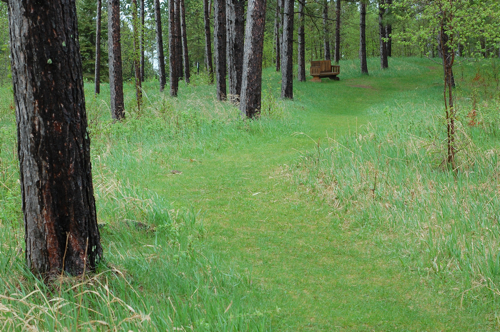 While on one of the birding trips for the
While on one of the birding trips for the 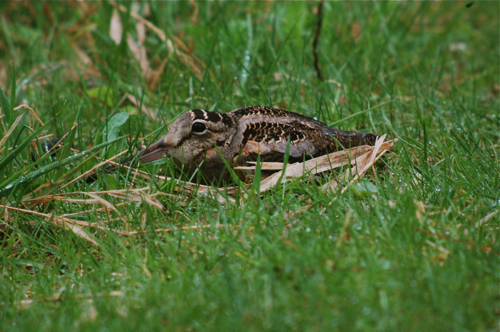
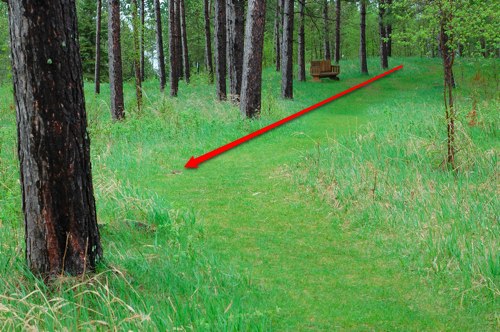
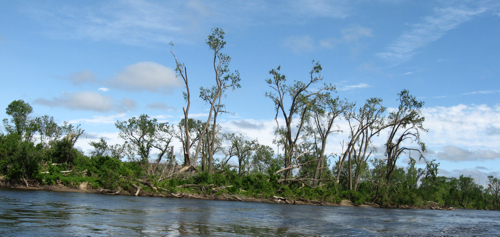
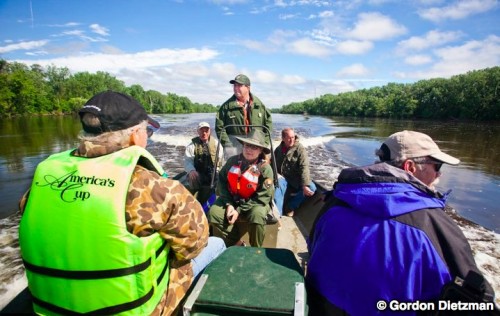
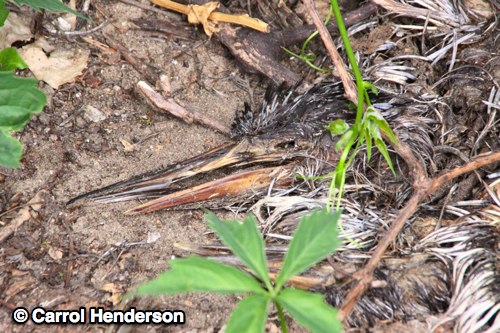
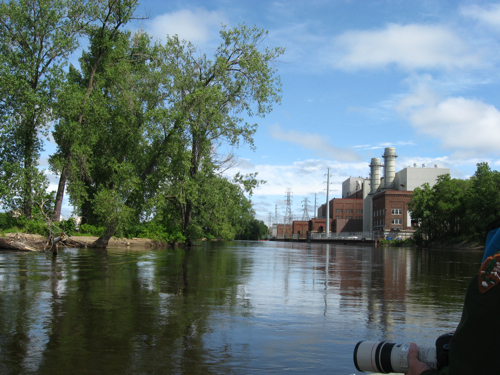
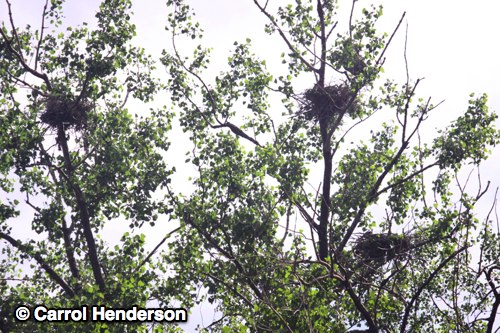
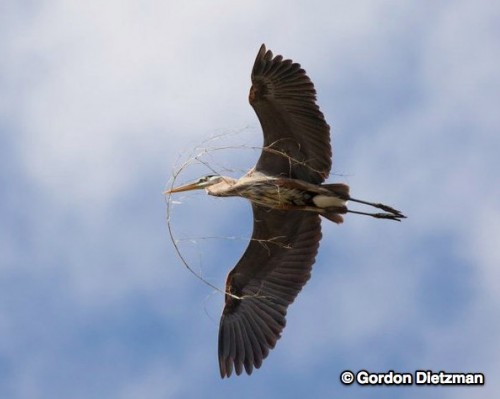
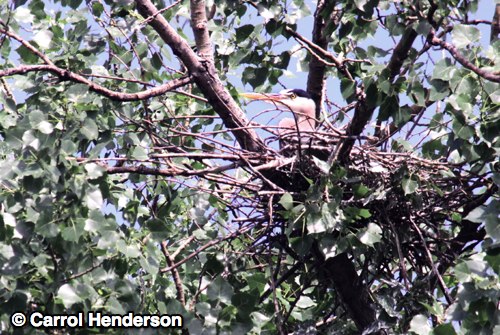
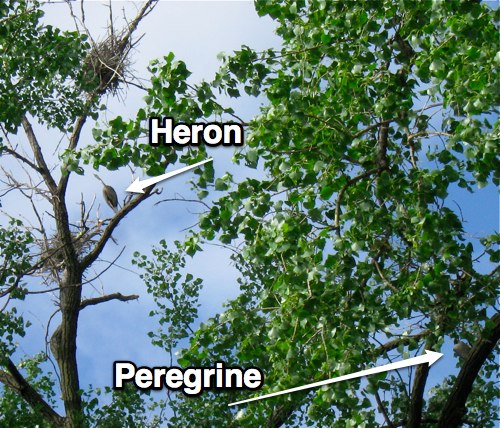
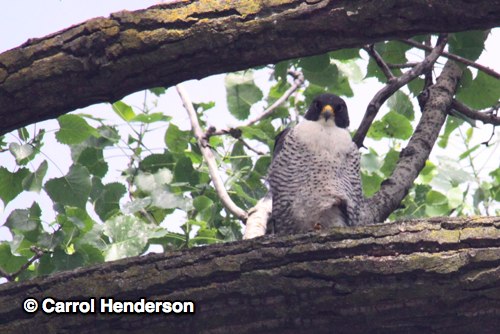
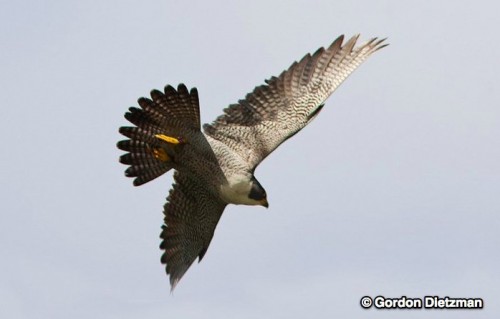
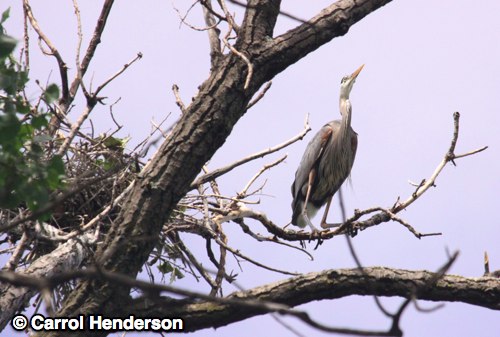
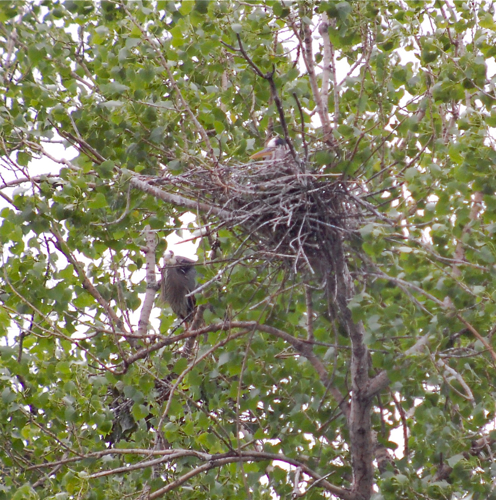
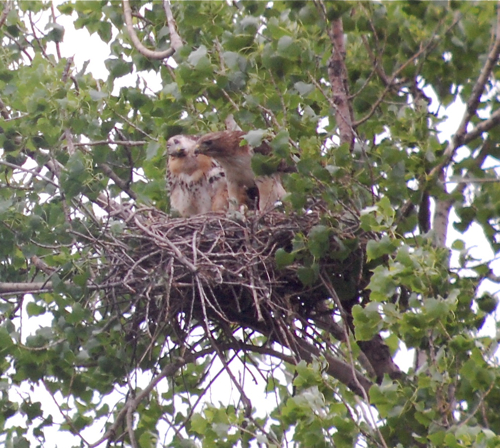
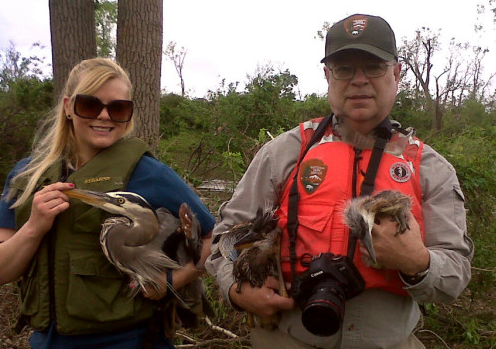
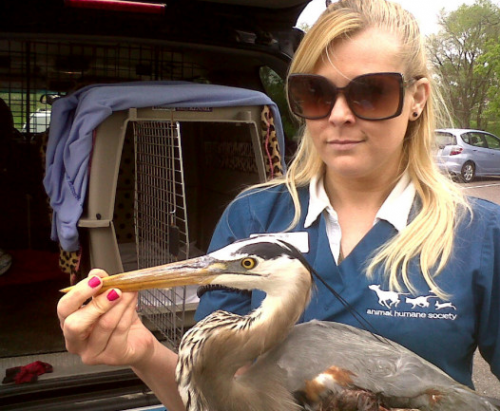
 A quick check of the Minneapolis Police traffic plan confirmed my fear. The tornado's path hit the park. I called my boss from the Mississippi National River and Recreation Area and said, "I know it's my day off, but do you mind if I put on my uniform and go check out the situation?" If areas were blocked off, I knew I'd have a better chance of getting in and not be perceived as a looter if I had my official badge and uniform on. He said to go for it.
A quick check of the Minneapolis Police traffic plan confirmed my fear. The tornado's path hit the park. I called my boss from the Mississippi National River and Recreation Area and said, "I know it's my day off, but do you mind if I put on my uniform and go check out the situation?" If areas were blocked off, I knew I'd have a better chance of getting in and not be perceived as a looter if I had my official badge and uniform on. He said to go for it.



























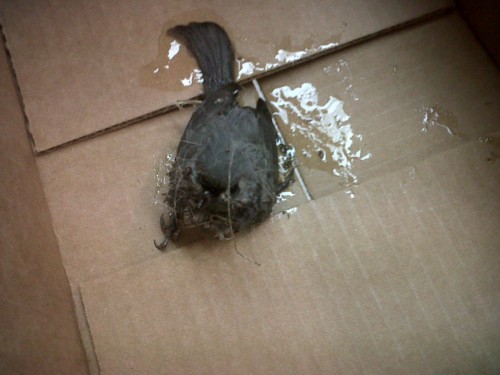
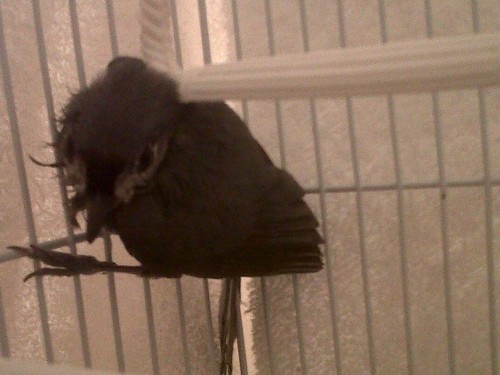
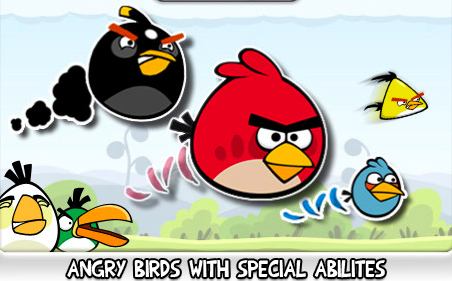 Around the holidays, I finally downloaded
Around the holidays, I finally downloaded 



